Boards, boots, and bindings for splitboarding
Materials are evolving, which is increasing the opportunities for pushing the boundaries of mountaineering splitboarding. It’s no longer just about easy tours, a few jumps and a beer. Thanks to innovative new setups and growing knowledge within the community, long ascents and steep terrain no longer intimidate.
- Author: Tommy Pian
- Photographer: Davide Terenzi
The 2025 season brings with it a slew of innovations and major changes throughout the world of splitboarding, which is prompting ever more curiosity and interest across the backcountry community.
First off, we’re seeing a general heightened awareness of the dramatic changes happening in the mountains, and how climate change has been undermining our certainties, and impacting the predictability of snow cover in recent seasons. As a result, riders find themselves having to re-think their decisions about the equipment they purchase and the itineraries they choose to undertake. This year's innovations focus mainly on the use of superior materials, next-generation technologies and innovative designs, which promise to yield increasingly technical and performance-oriented experiences. Without doubt, this is a reflection of the evolving trends that are raising the bar in terms of achievable height gains and more committing mountaineering-style missions, where ice axes and crampons are deployed more often, and summiting is often as important as the quality of the descent.
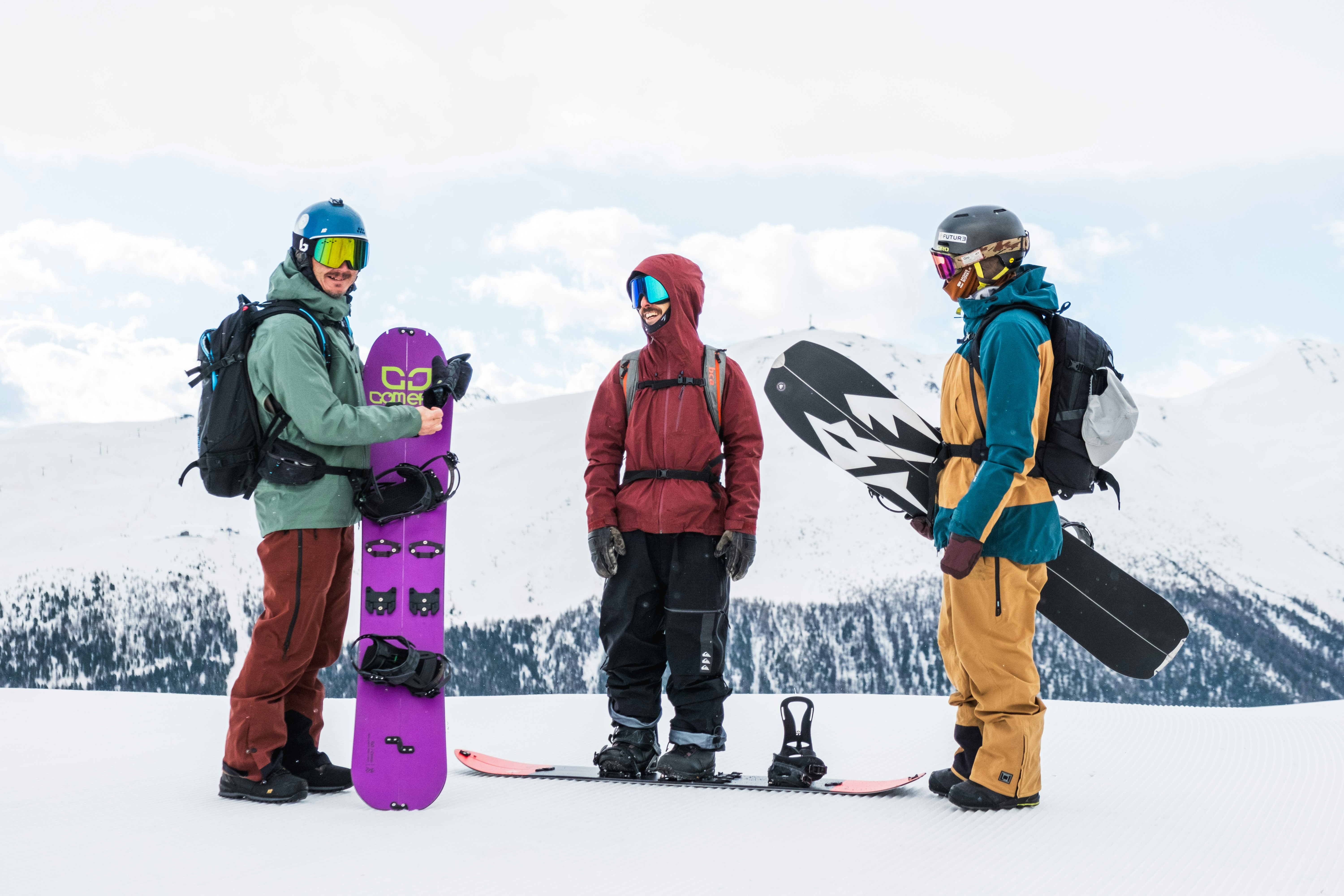
The major brands’ primary focus has certainly been on shaving grams whilst maintaining responsiveness—key factors in current approaches to design and build. To this end, ultralight materials, superior-quality woods and premium plastics are increasingly being used to make major weight savings without sacrificing strength and durability. This allows for greater maneuverability and reduced energy expenditure during ascents, and increasingly swift and secure union of the two halves of the board. This in turn makes transitioning from uphill to downhill easier, ensuring every mission is more efficient, enjoyable and safe—regardless of conditions.
Another aspect that continues to resonate is a focus on the environment, within the limits of what the manufacturing process can achieve. This has resulted in many brands embracing sustainable practices, selecting recycled materials and adopting low environmental-impact production processes. Plus, starting with Jeremy Jones back in 2007, the splitboarding community has been and continues to be one of the major supporters of initiatives and associations that seek to protect the environment (see POW, 1% for the planet). This awareness is deeply felt within the backcountry community, who often see their adventures as a way of connecting with nature in a responsible way.
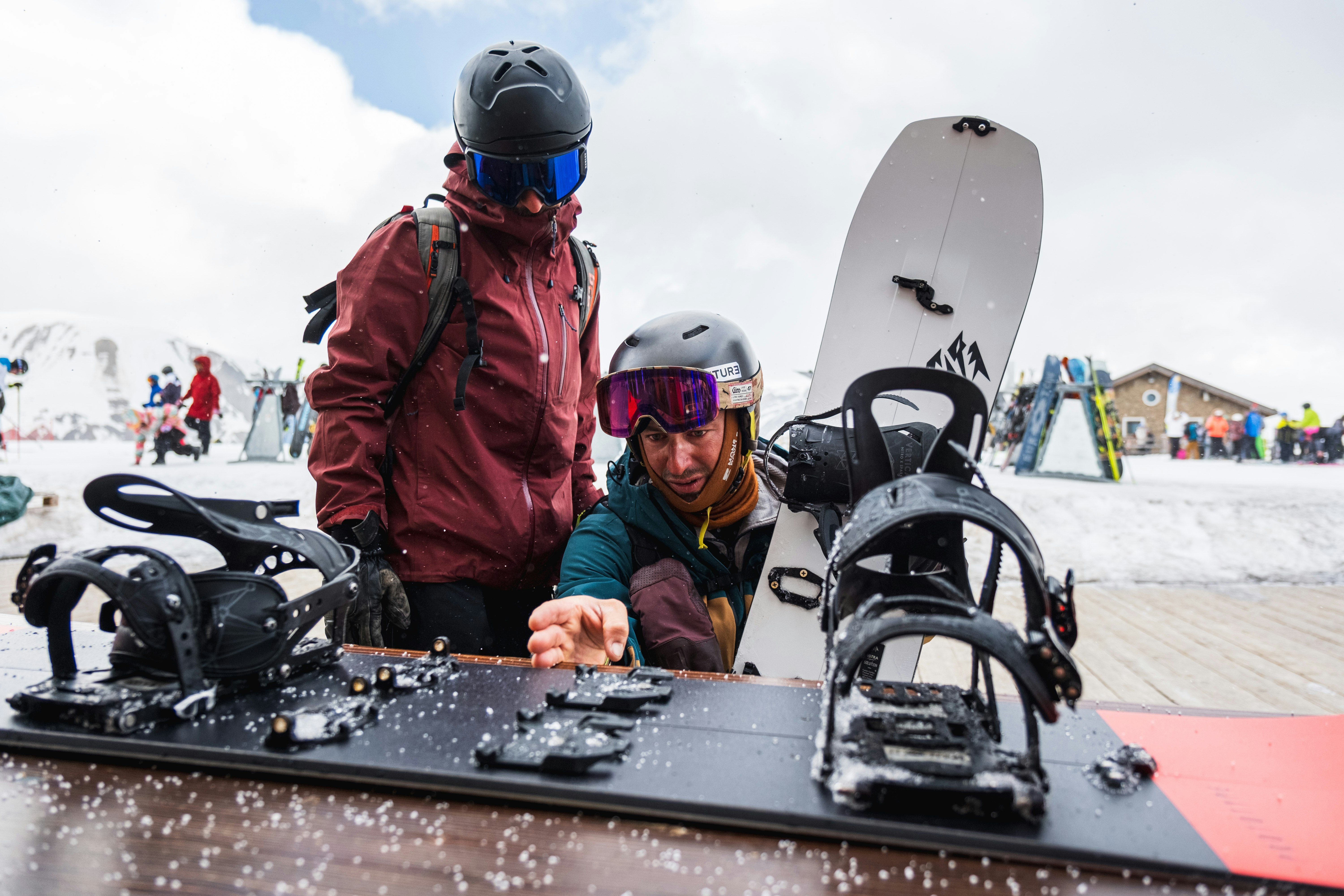
In summary, the 2025 season looks set to be an exciting year for the splitboarding community. Technical innovations, combined with an increasing focus on environmental concerns, promise to elevate riding experiences to new heights. Riders can take on epic missions, supported by equipment that combines exceptional performance, riding comfort and captivating graphics. The mountains call to us, and these advances mean answering that call will be more rewarding than ever.
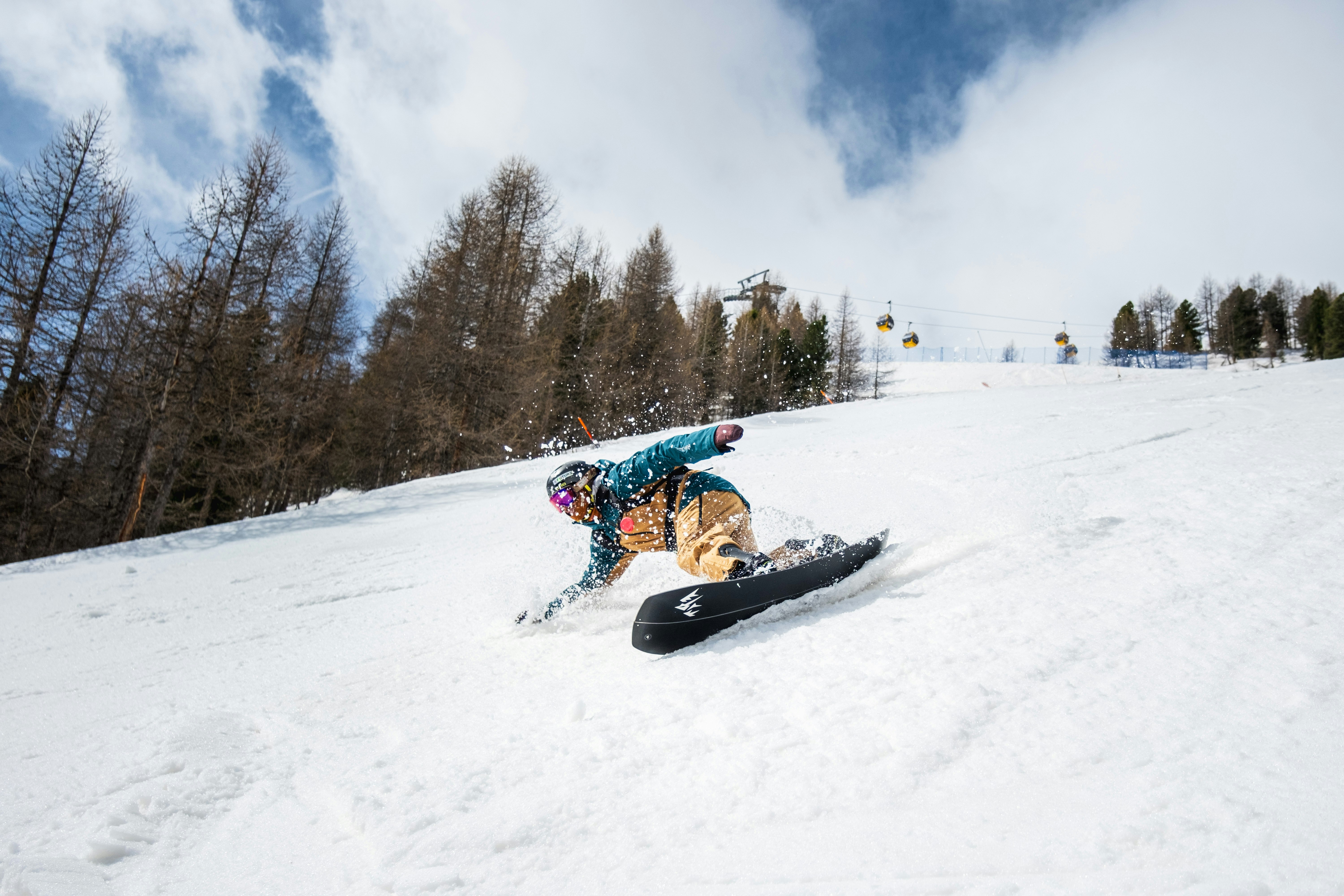
Splitboards: “It's all about balance”
If you're a fan of powder and technical backcountry terrain, gear up, as this year's boards promise to improve every aspect of your ride.
First off: materials. The general trend of the main brands in this category is an almost obsessive quest for shaving the grams, much like the top boxing “featherweights”. This translates to less fatigue during ascents and swifter transitions in most cases, but also a notable hike in prices, which in many cases might be beyond the reach of many pockets. We know, however, that the use of certain technologies means this sport is now attaining levels unheard of in previous seasons.
The latest innovations in build materials mostly concern the use of ultra-light carbon, aerospace nano technologies and superior-quality woods, which reduce weight without compromising durability and responsiveness. Extensive research has also been conducted into shapes, here too seeking the right balance between detail and functionality, with slightly longer and more tapered forms that allow for a longer stride during ascents but maintain the right dose of energy return and float during the descent.
Our mission with this guide is to help you find the right balance between technology, performance and price. Because at the end of the day, it's all a question of balance…
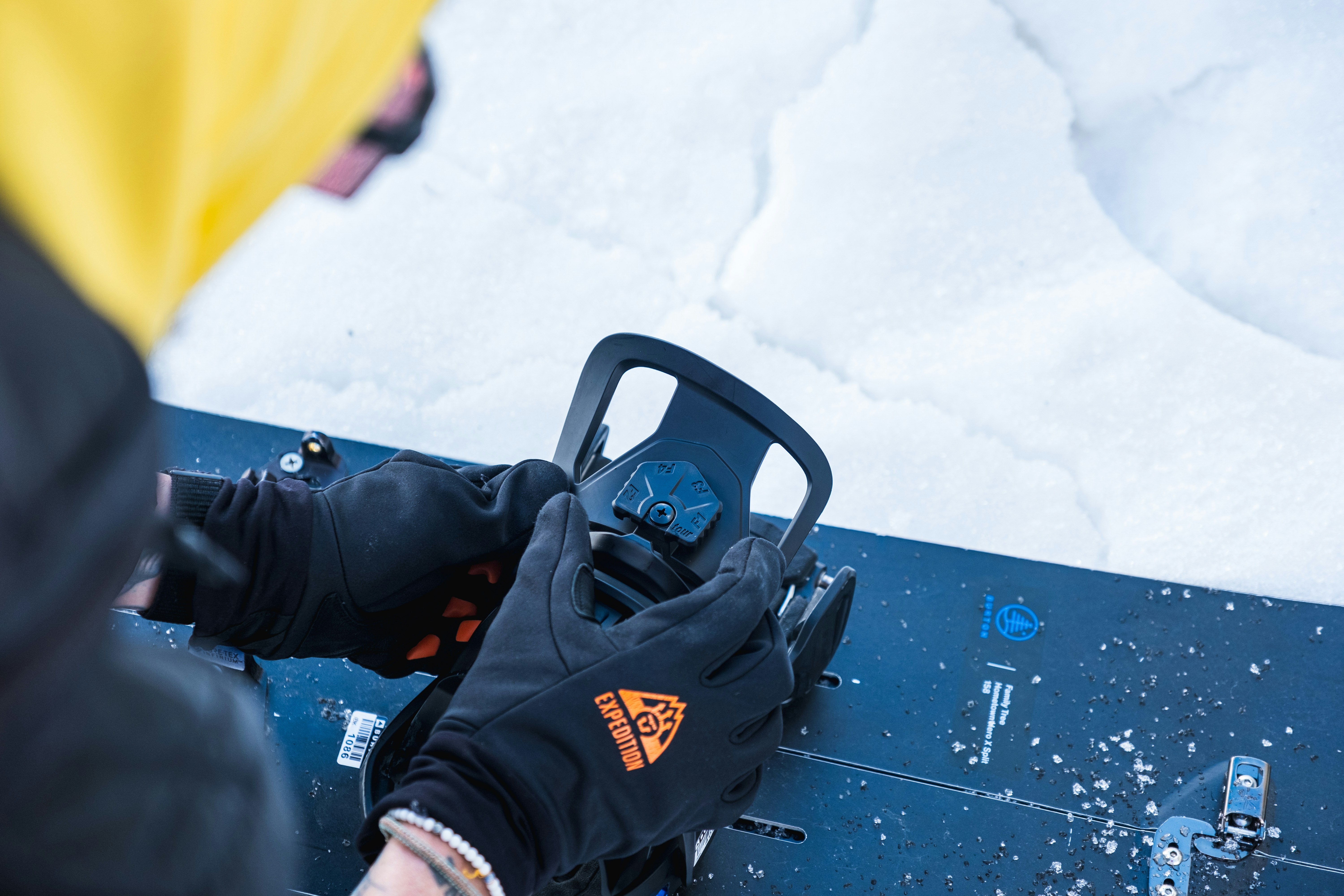
Scarponi: customize it
True evolution comes from adapting, and the real stand out feature of the 2025 season’s boots is the degree of adaptation and “customization” they offer.
Perhaps the most personal and sensitive aspect of your equipment is your boot choice. Fit, feel, support, comfort and durability are all key ingredients that go to ensure your backcountry day is a success. Everything else develops from here.
New composite fibers and heat-moldable foams not only reduce overall weight, but also deliver extraordinary levels of comfort. This means less fatigue during climbs and greater control and sensitivity during descents. Major enhancements such as gaiters that keep out snow and debris, and a rear gusset to improve walkability and keep feet warm and dry, are becoming common features. So too are the options to add inserts to vary the front and lateral support zones, super-precise customized and zonal closure systems with technologies such as BOA or TLS, and Hybrid + lace closures in favor of a Power-Strap.
Not forgetting the sole, of course. A common denominator we’re seeing on virtually all models is without doubt the presence of Vibram compounds: the new outsoles used this year offer exceptional traction on any type of terrain, including on firm snow or icy sections. This translates to greater safety and stability, both when skinning and riding. What’s more, the soles are designed to be longer lasting and more resistant to wear and tear even in the most extreme conditions.
The 2025 lineup boasts an impressive concentration of technical features regarding footwear development. So whether you’re a backcountry veteran or just starting out, all the boots presented in the selection will offer you exceptional performance.

Bindings: less is more
The principle that simplicity and minimizing mechanical elements can lead to weight savings, ease of use, and performance is well established among many manufacturers.
This clarity of purpose has meant the 2025 season features many innovations in this regard, which has further broadened the spectrum of possibilities and solutions for riders of all levels. One of the main innovations is the launch of Burton’s Step On system, which is super-rapid to use as it eliminates the need for traditional straps. But even looking at more traditional setups, the trends here are the same: straps and bands with increasingly minimal designs, spoilers as light as possible, builds pared down ever more, and increased research into premium materials and details.
However we also note that each brand is adopting their own unique and clearly defined direction: some are focusing on developing solutions for more alpine environments (higher altitudes and icy conditions), making tools that are as essential and simple as possible, while others are seeking the feelings and sensations of a traditional binding, with more focus on structure and comfort.
It’s a trend that greatly increases the options available for your setup, ensuring outstanding performance regardless of conditions or level, and meaning there’s something for everyone.
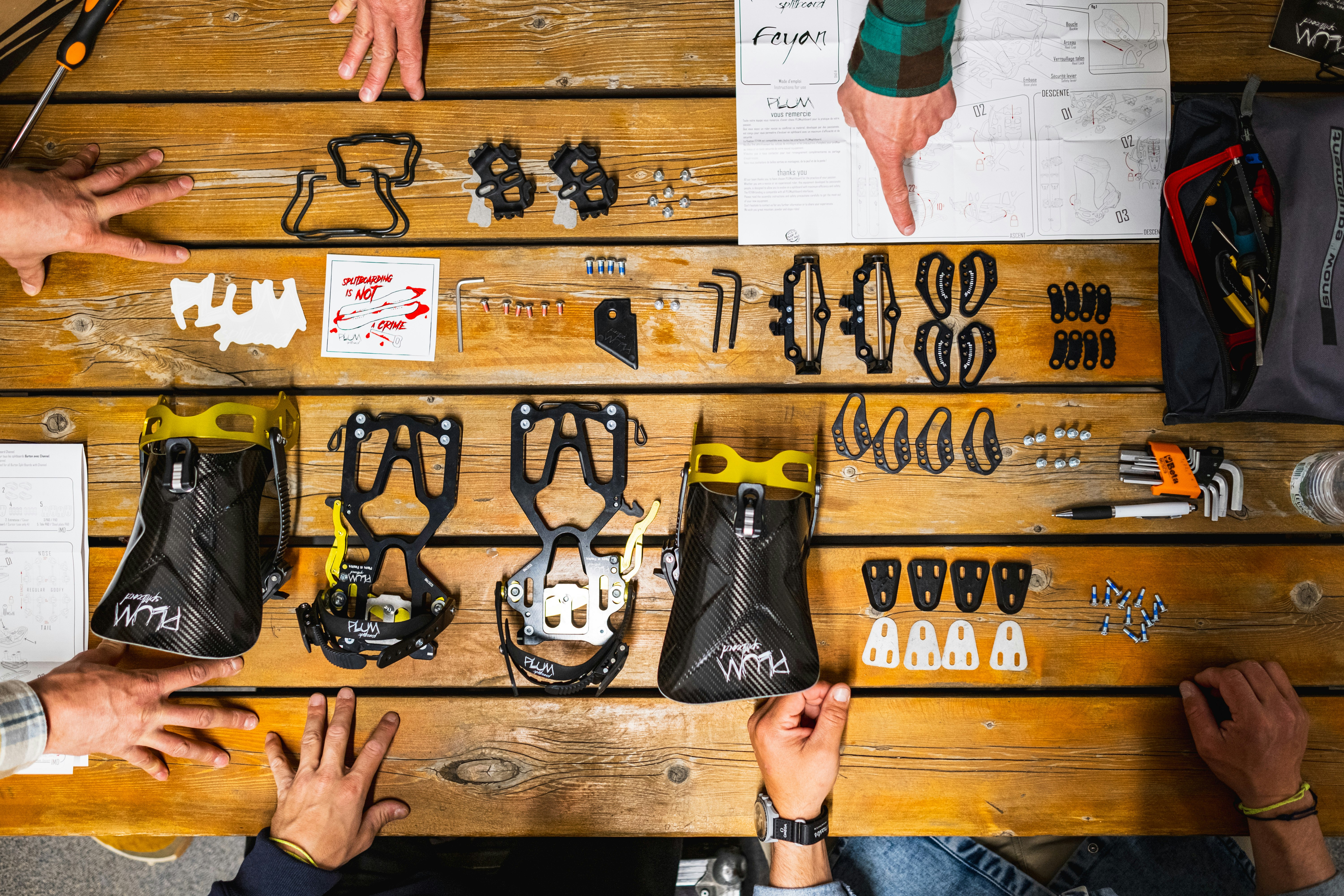
Share this article

